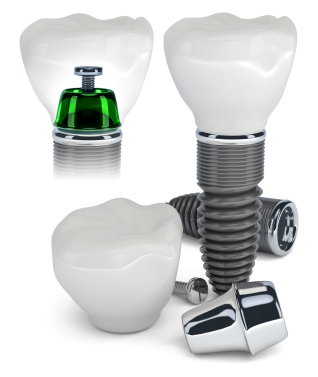Periodontal disease is a disease that affects the alveolar bone, gum line, periodontal ligament and cementum. These diseases are classified into two kinds, namely periodontitis and gingivitis. They affect a large number of people.
A successful periodontal treatment includes:
1. Involving patients: Including every patient in diagnosis and treatment procedure is necessary in achieving effective results. The level of importance that a patient gives to their oral health, and the related lifestyle choices they make, eventually decides the long-term outcome of the treatment. Therefore, dental specialists must enter a non-judgmental role to recognize the habits (causes) that lead to gum disease to help patients make necessary changes. This step has its own significance as if these contributory routines persist, no level of treatment can benefit a patient for long-term.
2. Using appropriate method to collect information: A system to collect data at each visit help dentist and trained staff maintain and interpret the data. The records should be compared with every visit; accentuating all the positives and working on necessary ways to neglect the negatives.
3. Using a disclosant: Not using an effective plaque control is a big limitation in achieving successful results. Some plaque control subjectively appears to be brilliant in eliminating a range of microbes but may found to be quite poor when measured objectively. Aim a plaque-free goal of 80% or more. There are a number of studies showing that periodontal therapy is very effective when a disclosant is used because the patient achieves 80-90% range of plaque-free level with it.
4. Focusing on inflammation: No marginal redness and no bleeding upon probing (BOP) are the best indicators that there is no longer infection. Surgical treatment on single rooted teeth can be avoided when scaling is performed successfully. With effective nonsurgical treatment (managing plaque control to 80% or more) and maintaining BOP at 5% or less, individual has an excellent chance of staying healthy.
5. Taking benefit of the latest periodontal technology: Advancements in the fiber optic technology today have made it possible to have access to plaque and calculus under the gums. Perioscope works as a real eye-opener. It is a tiny camera that let the hygienist have a vision of the root surface and get off all the hard deposits in deep pocket.
As the camera goes under the gum, the hygienist is able to see the shape of the root. Even the smallest portion of the infectious material can be magnified with its remarkable magnification and resolution, thereby, very effective in eliminating the inflammation. It also helps in avoiding surgery in areas that do not need regeneration, an improvement that patients truly appreciate. Furcation involves a great risk of recurrent inflammation and requires additional treatment or periodontal surgery to remove calculus.
6. Limiting the use of antibiotics: Antibiotics are seldom needed for the treatment of periodontal disease. Also, the trend in dentistry is to reduce antibiotic usage to prevent antibiotic resistance or C-dif (clostridium difficile colitis). The ultimate key to control inflammation is not antibiotics, but rather, the effective elimination of calculus and plaque. Patients can be healthy and inflammation-free even without the use of antibiotics.
The goal of successful Periodontal Treatment in San Diego is to prevent infection and this can only be attained through effective elimination of the cause of the inflammation, i.e. PLAQUE (Bacteria) AND CALCULUS (Tartar).


